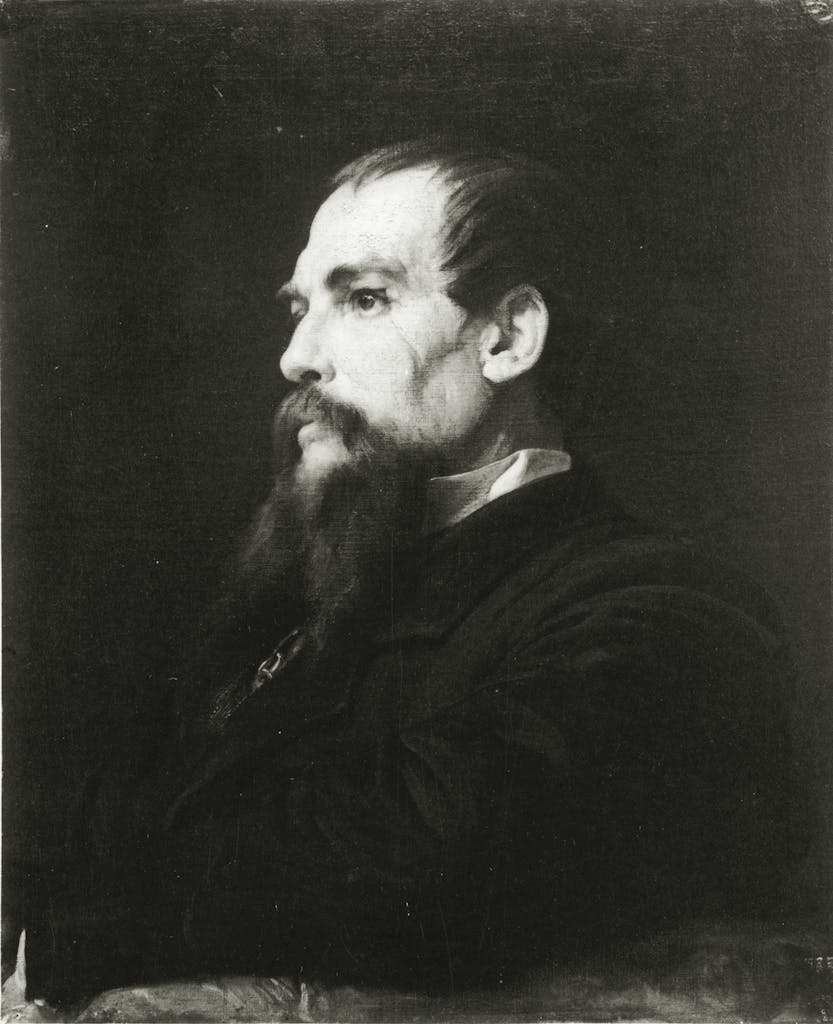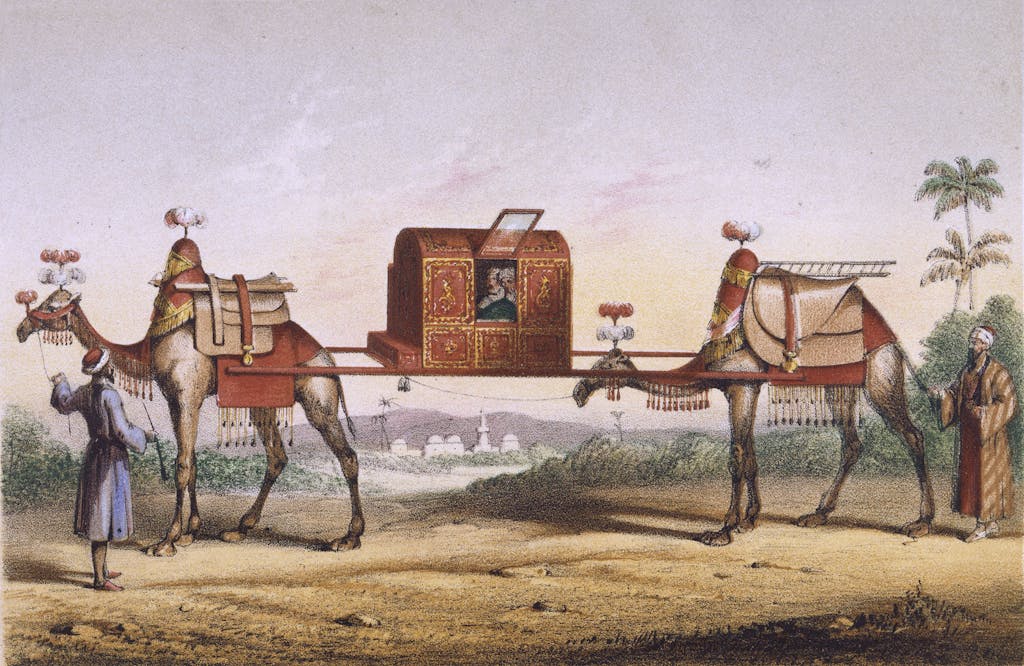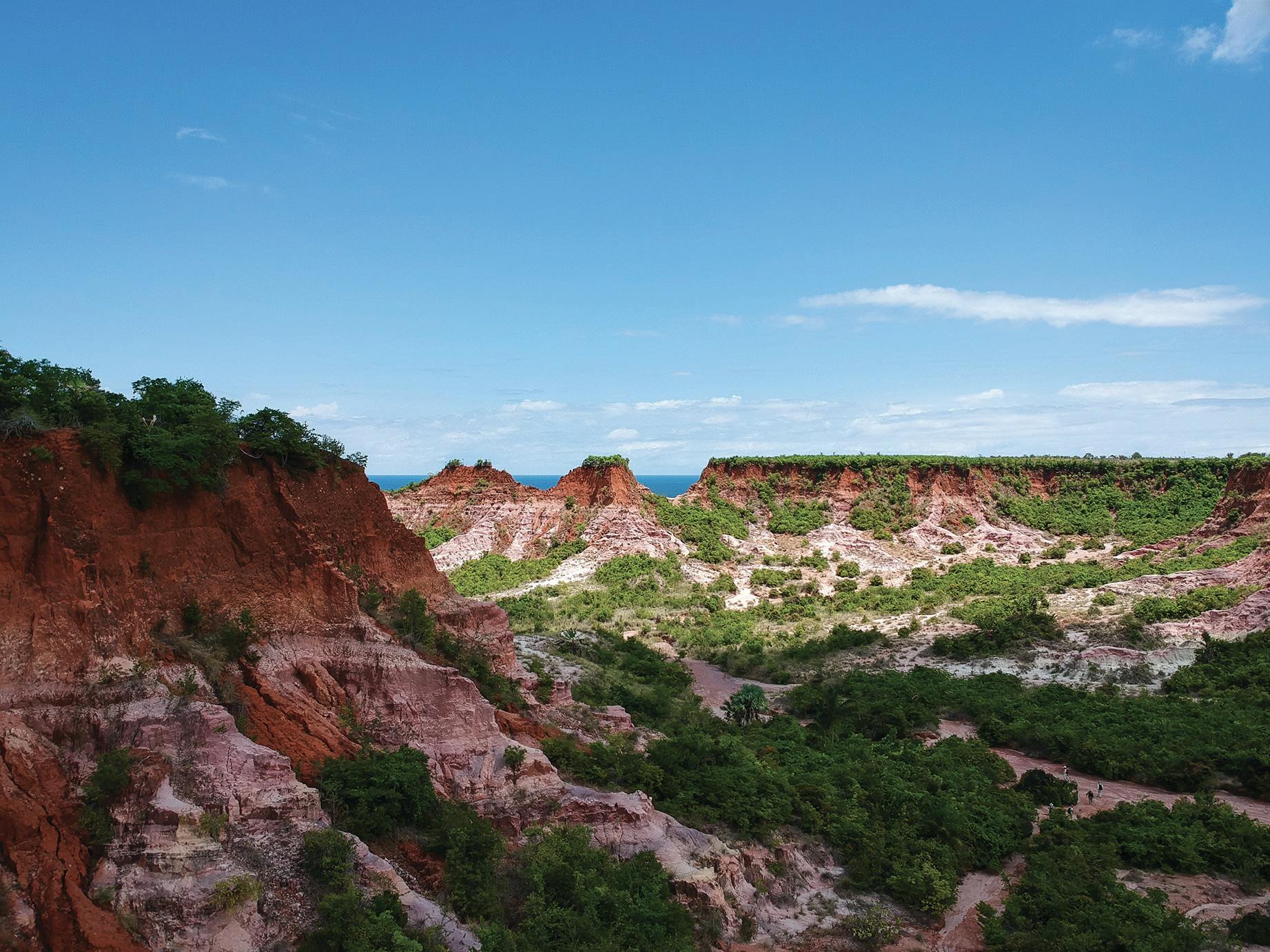Conrad Recommends: Captain Sir Richard Francis Burton, by Edward Rice
The biography of Captain Sir Richard Francis Burton, written by Edward Rice and a best-seller in its day, features the adventures of a man who really did the things others only fantasize about in books like King Solomon’s Mines or the Indiana Jones film series. In this episode of Silversea’s Great Reads, Conrad Combrink, Silversea’s Senior Vice President of Expeditions, Turnaround Operations and Destination Management, shares insights on what he calls a “gripping story of a fierce, magnetic and brilliant man whose real life accomplishments are the stuff of legends.”
The Gist: What’s So Fascinating About Captain Sir Richard Francis Burton?
Captain Sir Richard Francis Burton was a British geographer, explorer, translator, writer, soldier, Orientalist, cartographer, acknowledged spy, linguist, poet, painter and diplomat. He was known for his travels and explorations within Asia, Africa and the Americas and for his extraordinary knowledge of languages and cultures – according to one count Burton spoke 29 European, Asian and African languages.
That alone, Combrink tells us, isn’t what makes his life so interesting.
“They really don’t seem to make men like this anymore. He was without a doubt a man larger than life with boundless energy and sophistication that put him a century or more ahead of his time.”
–Conrad Combrink

The larger-than-life Burton, an adventure celebrity in the Victorian era, was one of the first European adventurers to search for the source of the Nile, and although he was not the first non-Muslim to enter, disguised, the forbidden cities of Mecca and Medina, Burton’s descriptions were the most accurate and sophisticated. He was also the first to travel through stretches of India, the Near East, and Africa.
From his spying exploits to his startling literary accomplishments, the discovery and translation of the Kama Sutra, and his 17-volume translation of Arabian Nights, to say that Burton lived an engrossing life is an understatement.

Fascinating Facts about Sir Richard Francis Burton
- Born in 1821, Sir Richard Francis Burton’s father was an Army officer and the young boy traveled widely in what is thought to have spurred the lifelong interest in languages that fueled his later exploits.
- Burton was expelled from Trinity College, Oxford University, due to a minor breach of discipline.
- He mastered Arabic and Hindī during his time as an officer in the 18th Regiment of Bombay Native Infantry during England’s war with the Sindh.
- Following his pilgrimage to Mecca in disguise, Burton wrote his narrative, ‘Pilgrimage to El-Medinah and Mecca’ which gave a classic commentary on Muslim life and manners and helped to propel him to status as a celebrity adventurer.
- In the mid-1850s Burton was selected by the Royal Geographical Society to lead an expedition to ascertain the position of a large lake in East Africa and to investigate the possibility that it was the source of the White Nile. He chose John Hanning Speke to accompany him. Burton and Speke were possibly the first Europeans to visit lakes Tanganyika and Victoria. The latter was named by Speke in honour of the Queen. The two men fell out over the source of the Nile with Burton claiming that it was Tanganyika and Speke that it was Victoria.
- Sir Richard Francis Burton had a particular interest in Eastern erotica and he translated and published the Kama Sutra and other writings. This was regarded as scandalous in the Victorian era and when he passed away, his wife burned as many of his pages as she could find.
This article has been produced in collaboration with Silversea’s Corporate Business Partner, the Royal Geographical Society (with IBG) which enriches guests’ expeditions with over 500 years of travel and discovery. Find out more here.



















